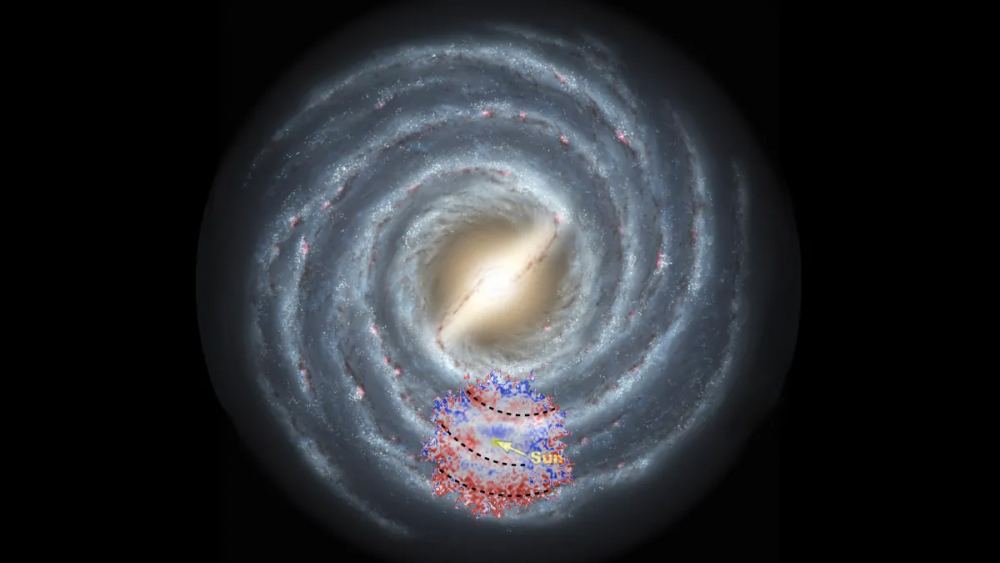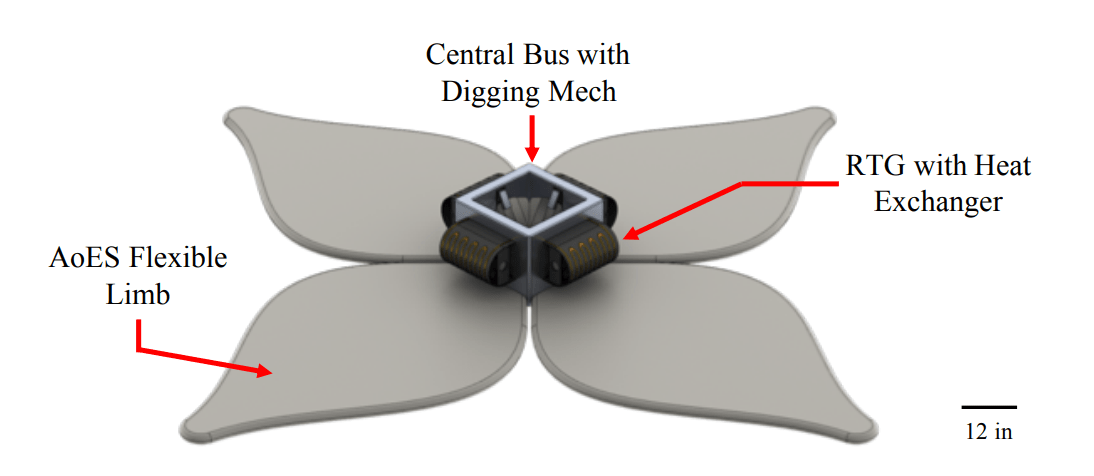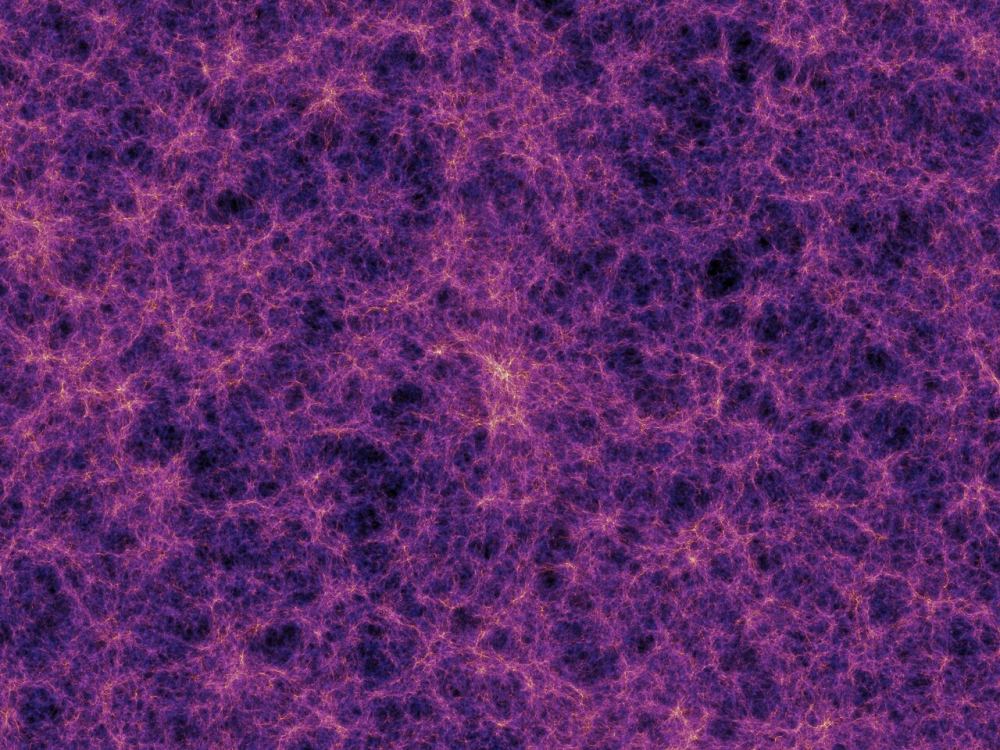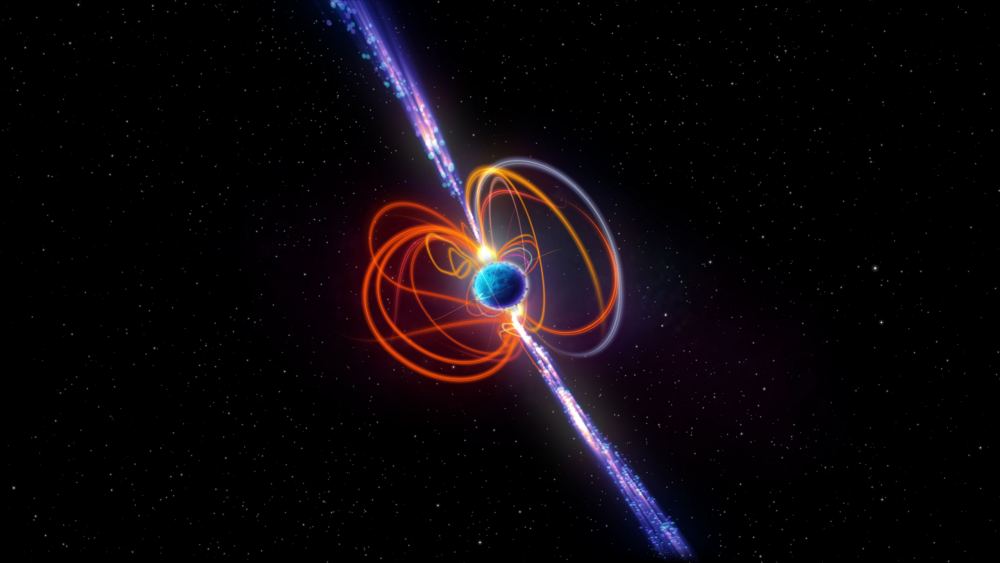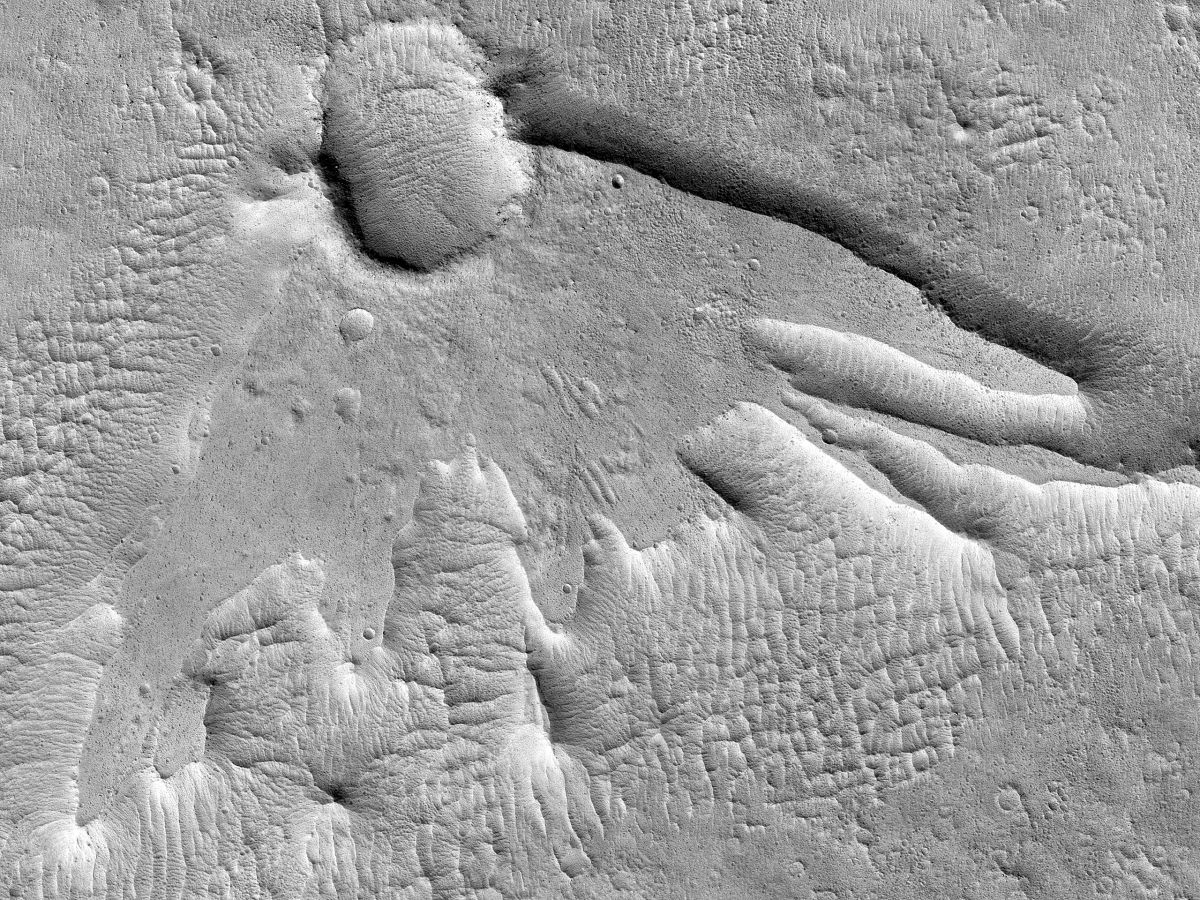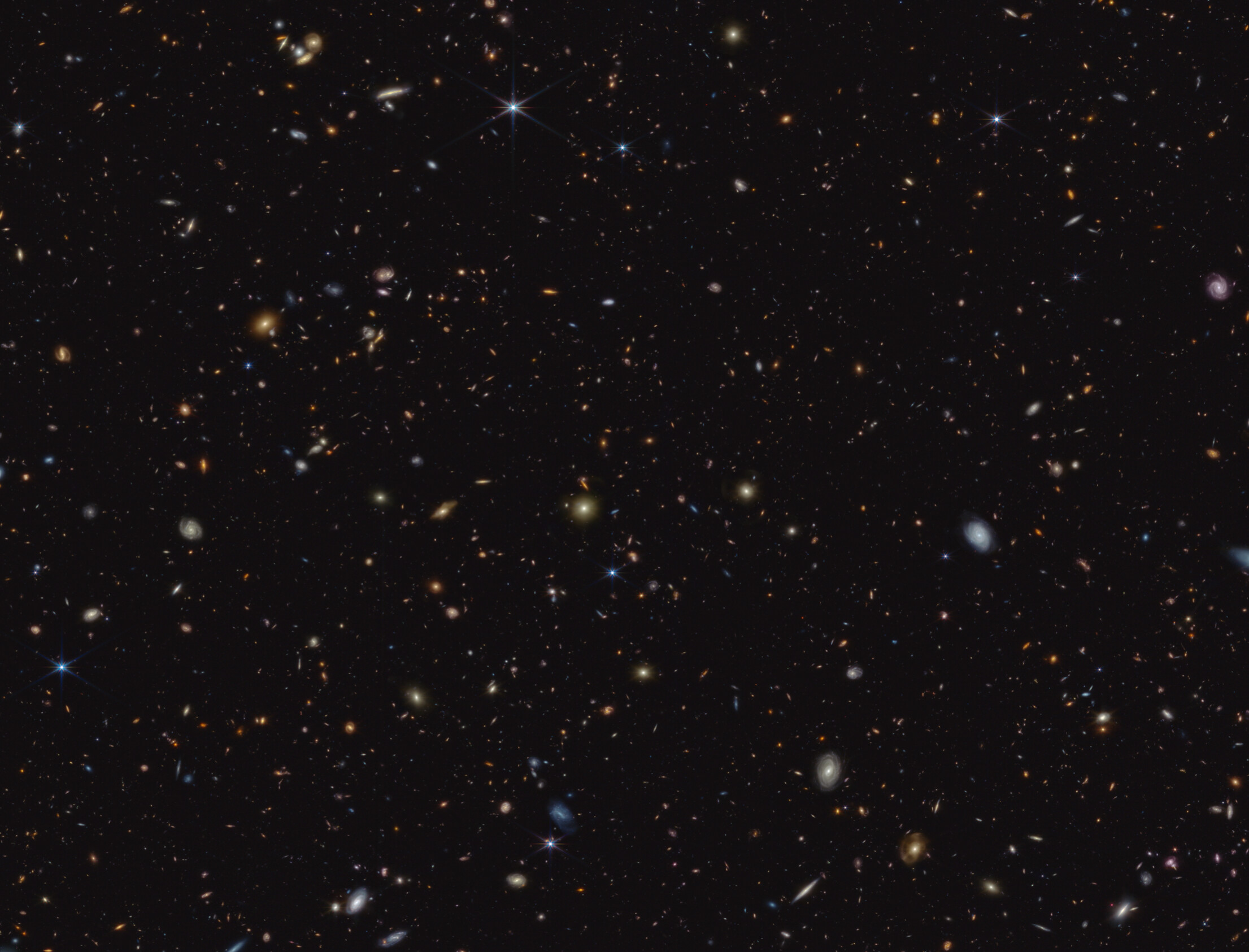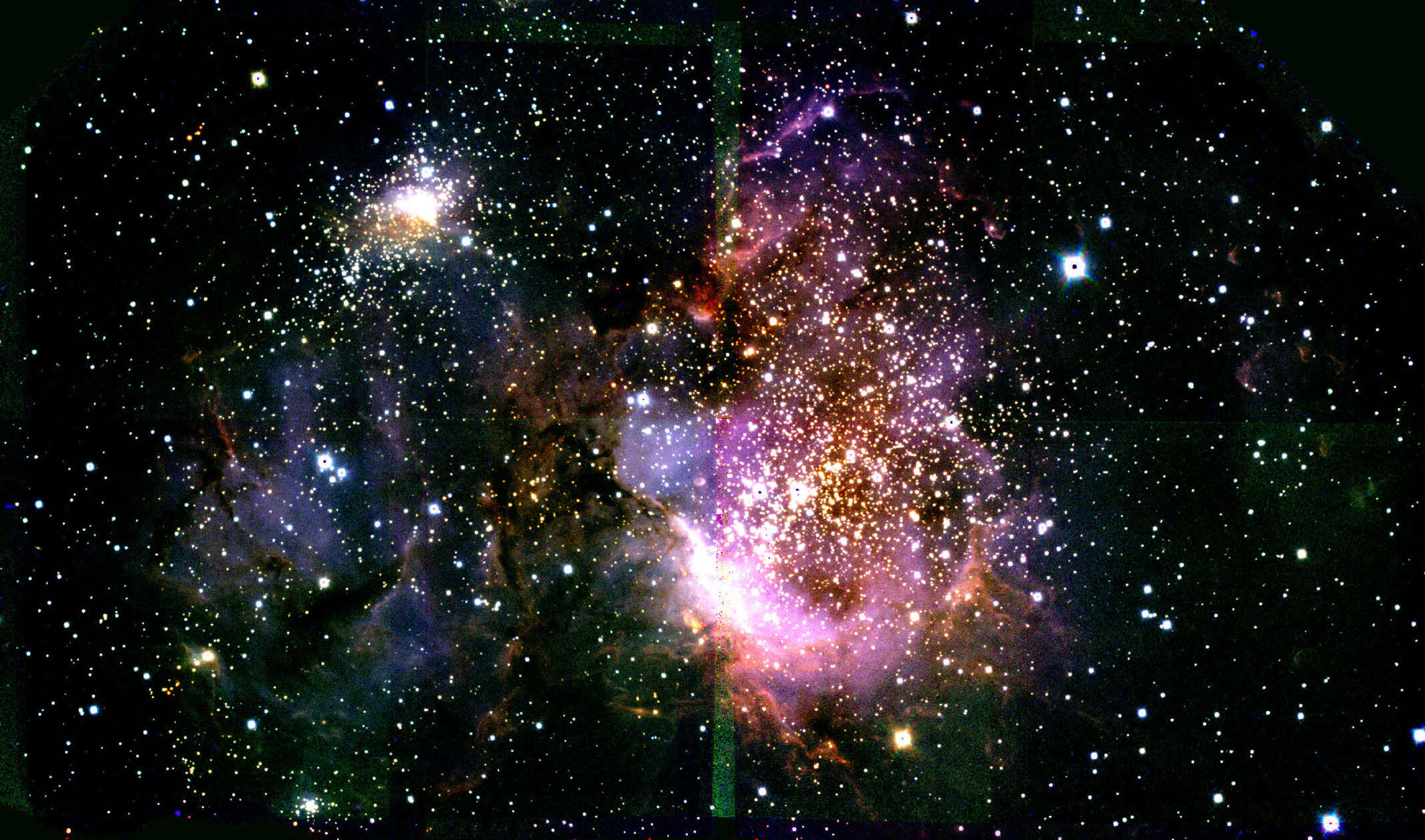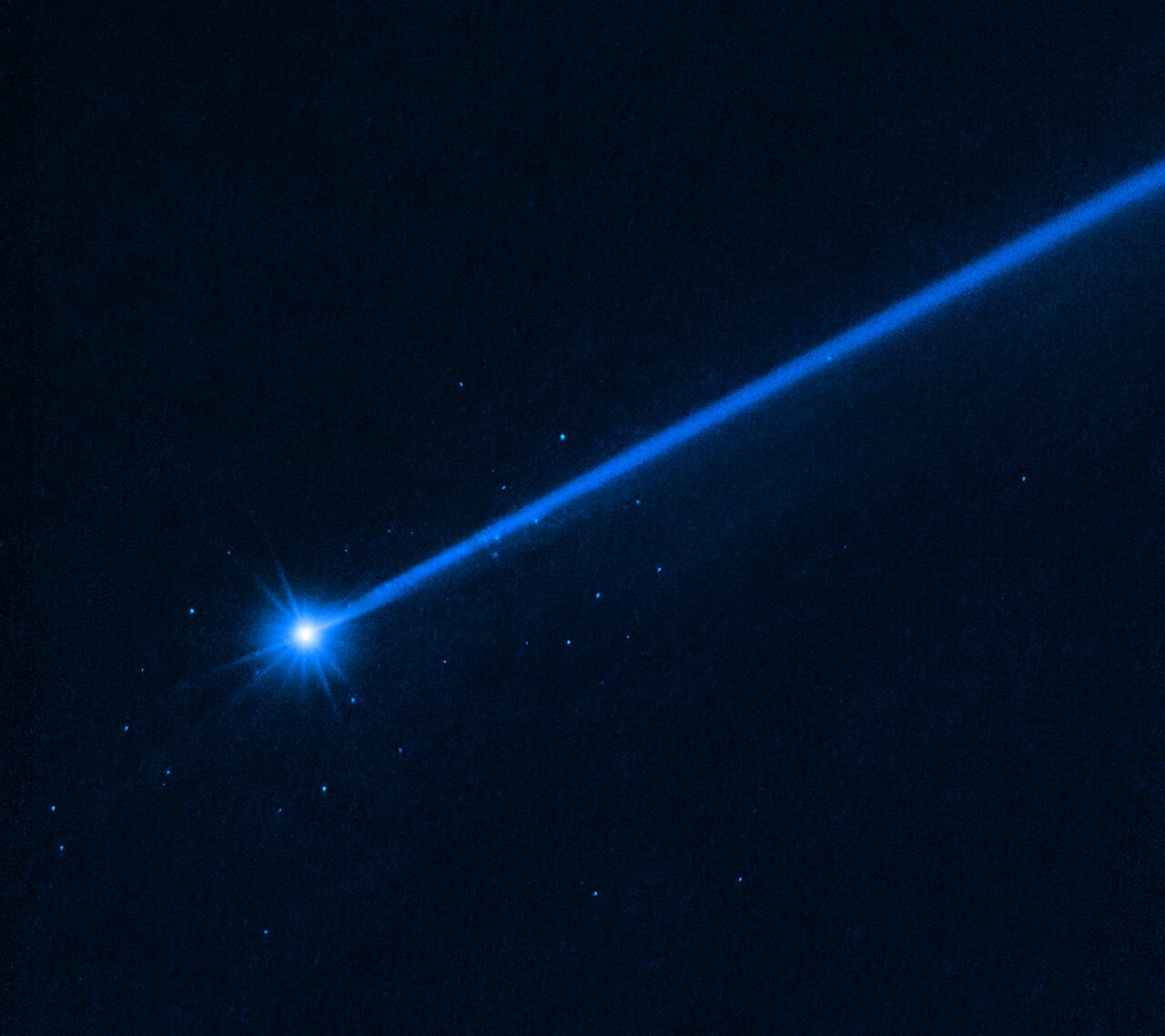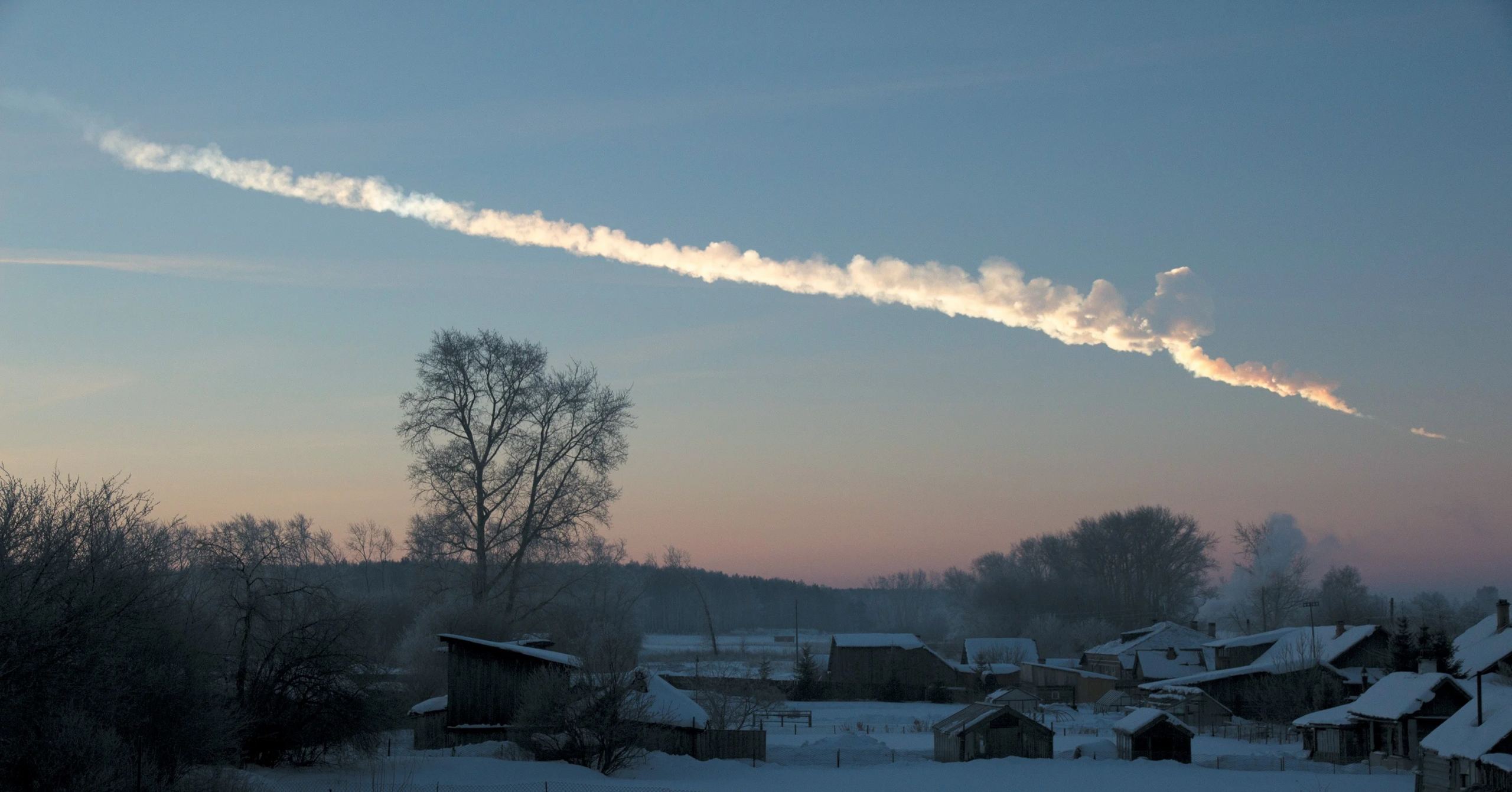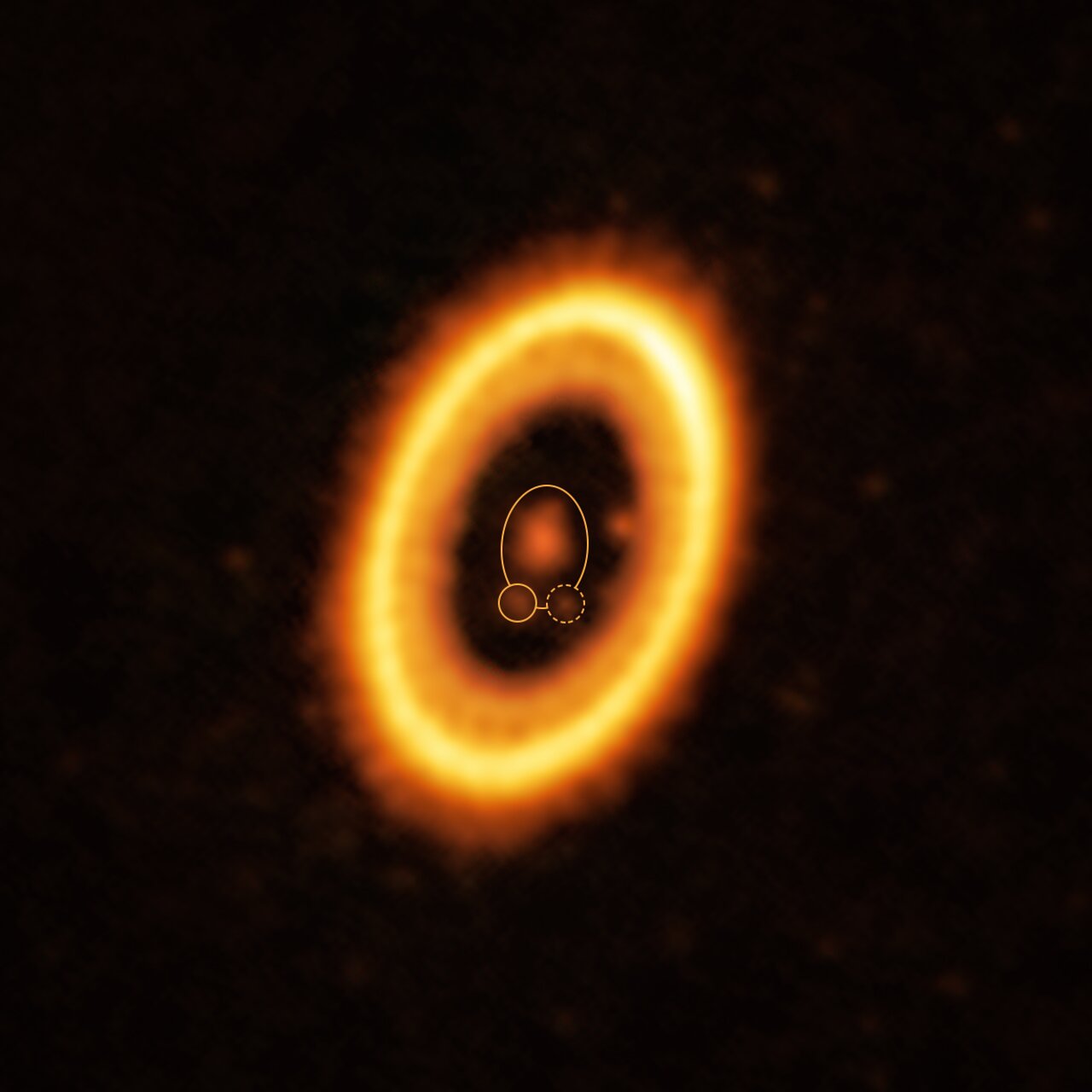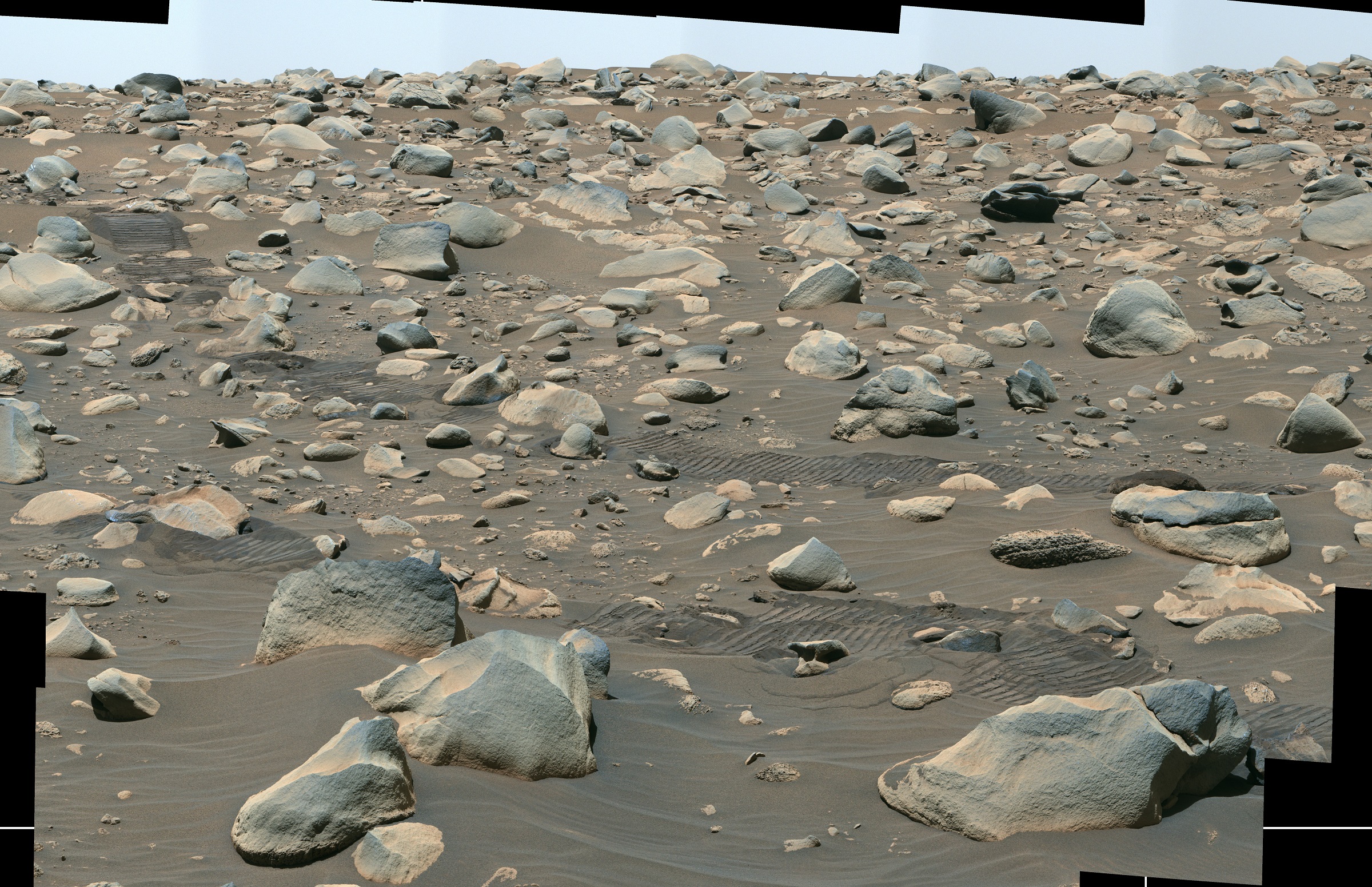
NASA's Perseverance rover took its 20th sample from "Emerald Lake," an area filled by rocks that were deposited by an ancient river.
Continue reading
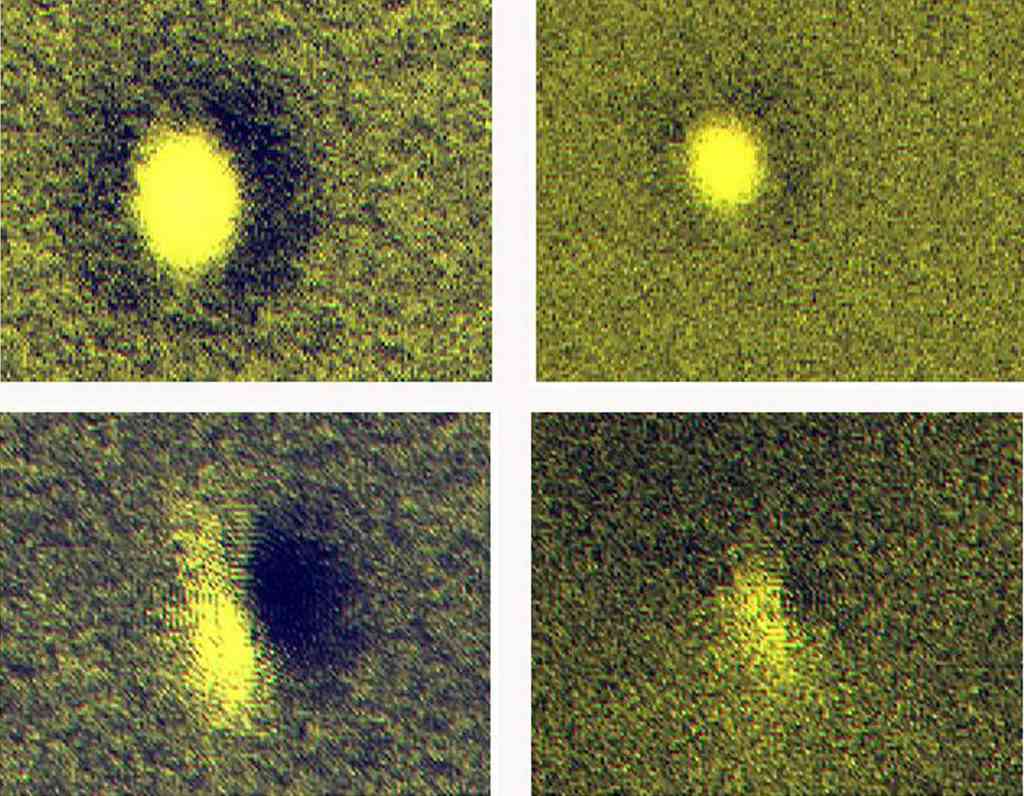
Unlike Earth, Venus lacks the plate tectonics that give rise to volcanoes. But the surface of Venus looks far younger than other worlds, like Mars or the Moon, which means it does have volcanic activity that regularly resurfaces the planet. Because Venus is closer to the Sun, it came farther out in the Solar System and hit the planet at higher velocities. A new study suggests that early catastrophic asteroid impacts melted its mantle, leading to its flavor of volcanism.
Continue reading
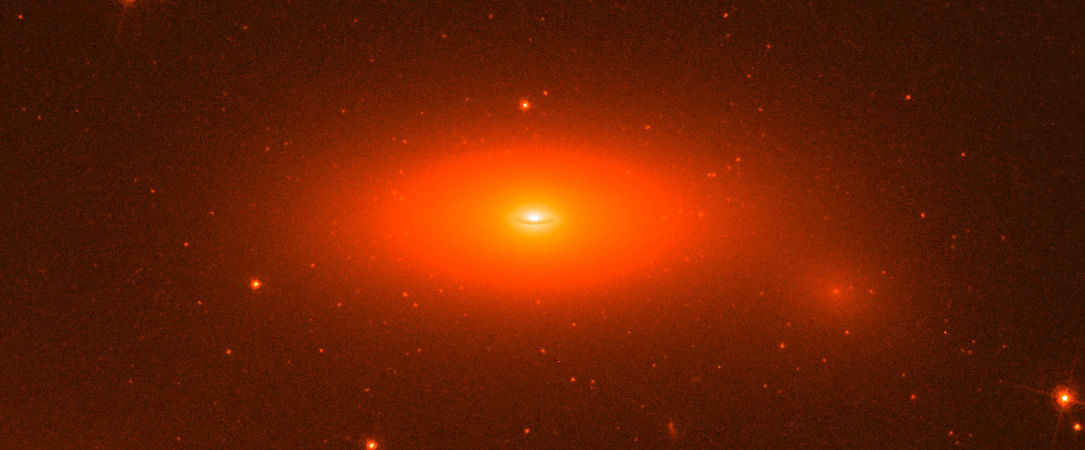
Astronomers have found a massive galaxy that contains little to no Dark Matter, something that doesn't fit with current cosmological models.
Continue reading
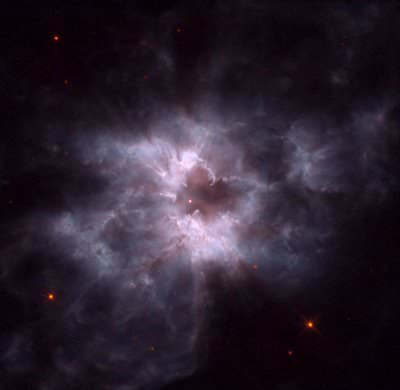
Here's a new one. Astronomers have found a white dwarf star - the dead remnant from a main sequence star like the Sun - with one hemisphere composed of hydrogen while the other is covered in helium. The star was discovered with the Zwicky Transient Facility, revealing that it rotates every 15 minutes. Spectroscopic data unveiled its two-sided nature. What?! Also. How?! Some white dwarfs transition from hydrogen- to helium-dominated surfaces, and astronomers might have caught it in the act.
Continue reading
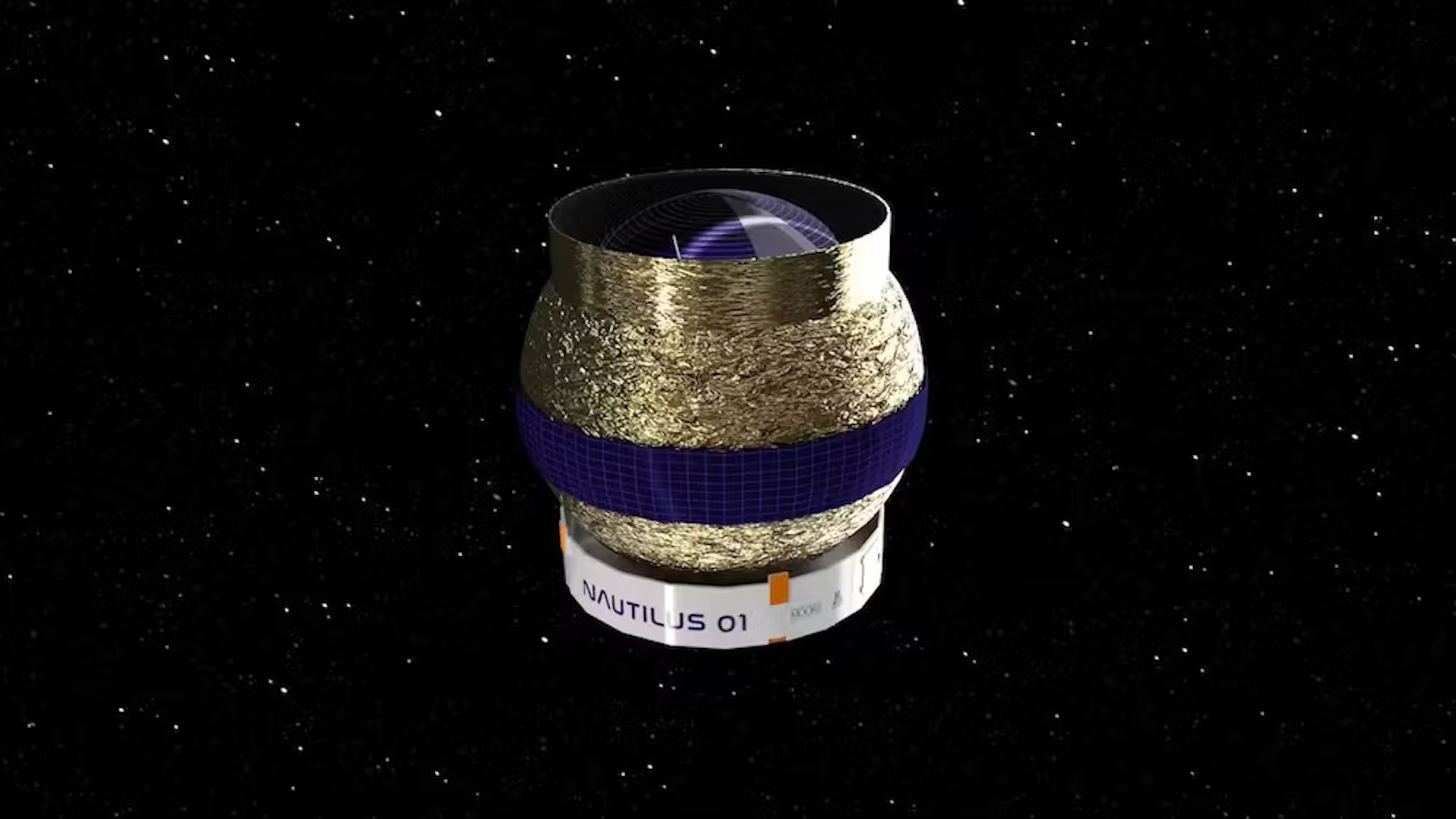
Space telescopes use traditional polished mirrors like ground telescopes, which are heavy, unwieldy, and expensive to build. A new type of flexible telescope lens could be lighter and larger, creating space telescopes that could collect 100 times more light than JWST. Instead of a single large, delicate telescope, the Nautilus Space Observatory would consist of a fleet of lighter, cheaper, identical spacecraft working together to produce images. They'd use thin diffractive lenses, which have been improved to the point that they can produce near-perfect image quality.
Continue reading
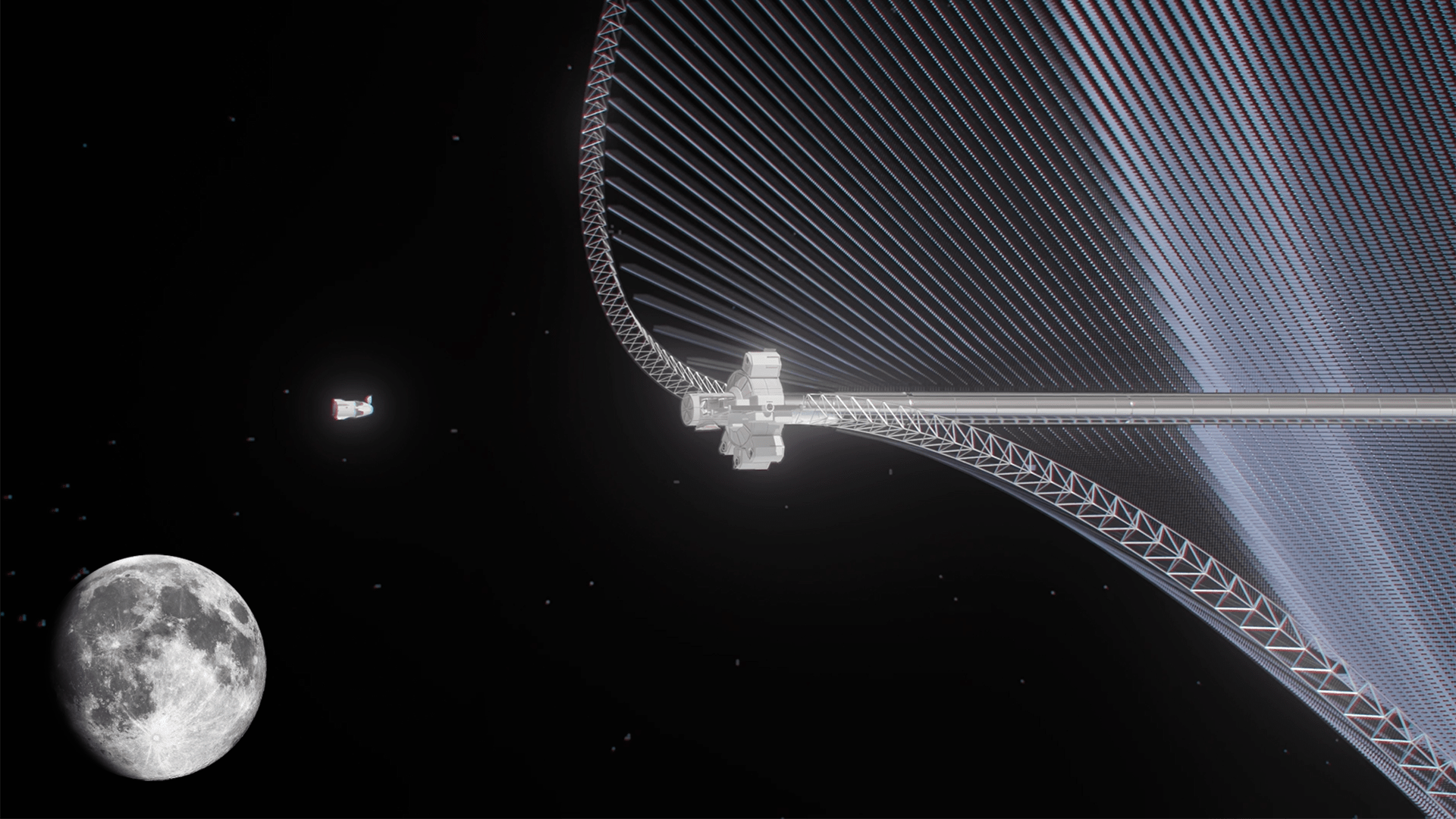
The ESA is conducting a study to assess the potential for building space based solar power satellites... on the Moon!
Continue reading
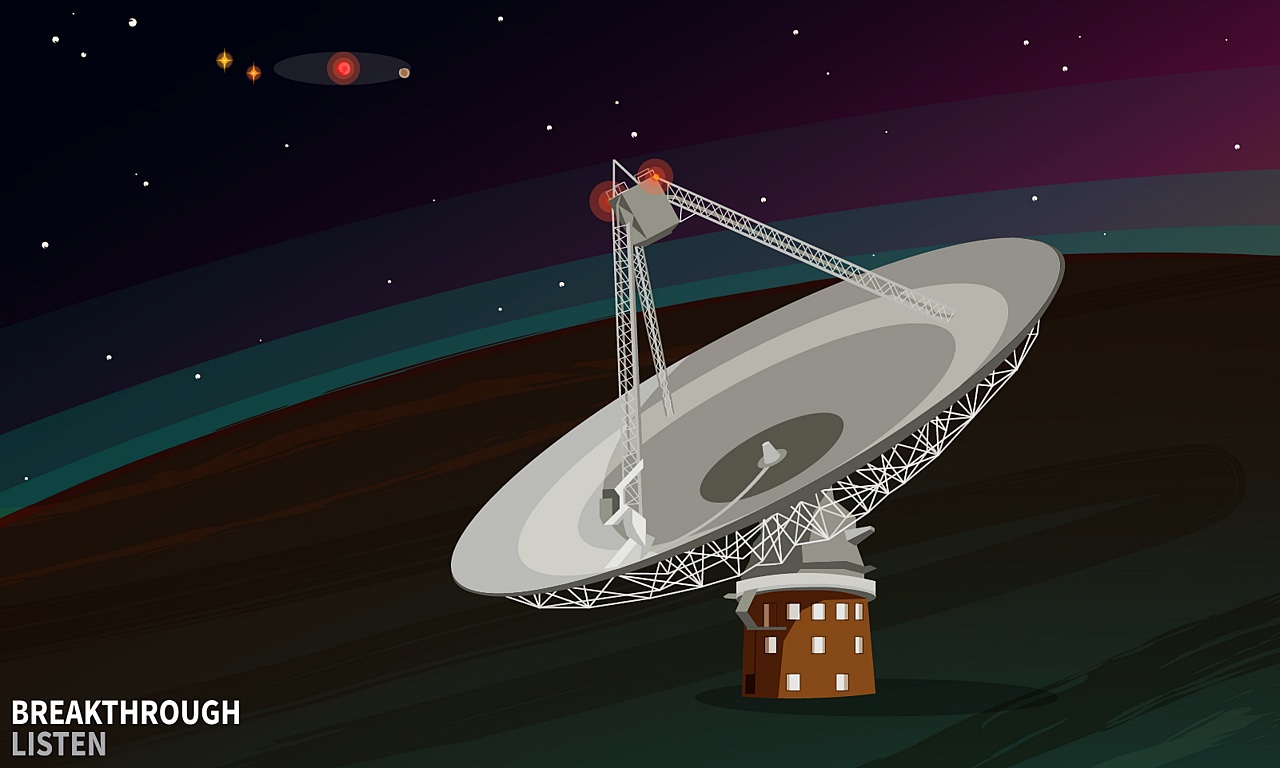
When SETI researchers discover an intriguing radio signal, their first instinct is to ask, "Is the signal coming from Earth?" So many alien messages turned out to be Earth signals reflecting off objects in space, like satellites. Scientists have developed a new technique to vet these signals and confirm whether they came from outer space, even with a single message. When a signal passes through the interstellar medium, it should be affected by free electrons from cold plasma, and it's possible to separate the genuine interstellar message from one that emanated close to Earth.
Continue reading


